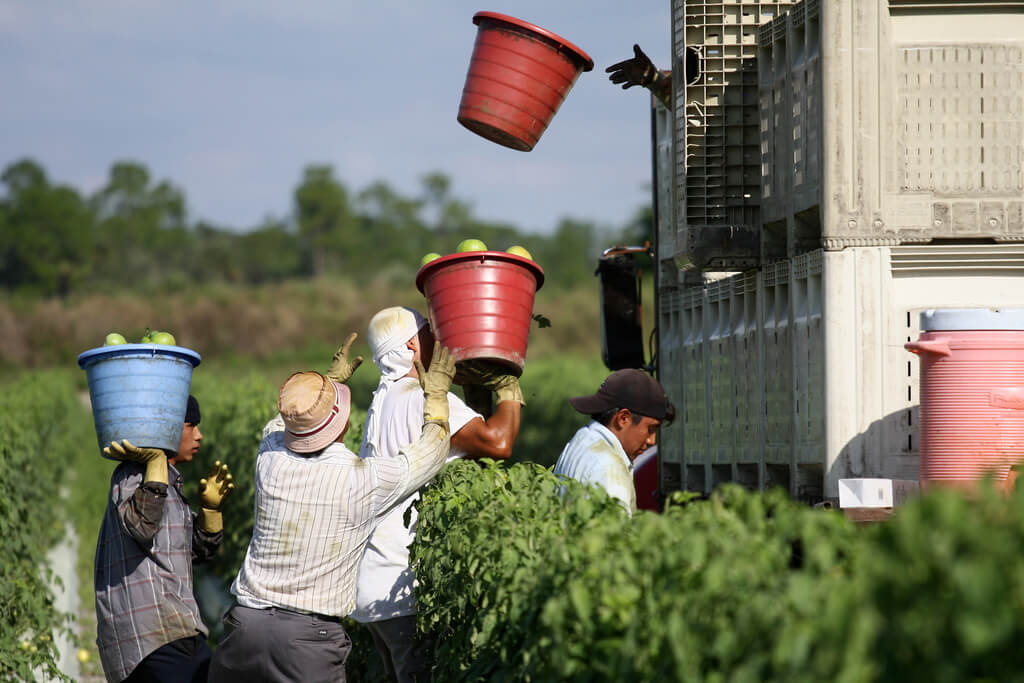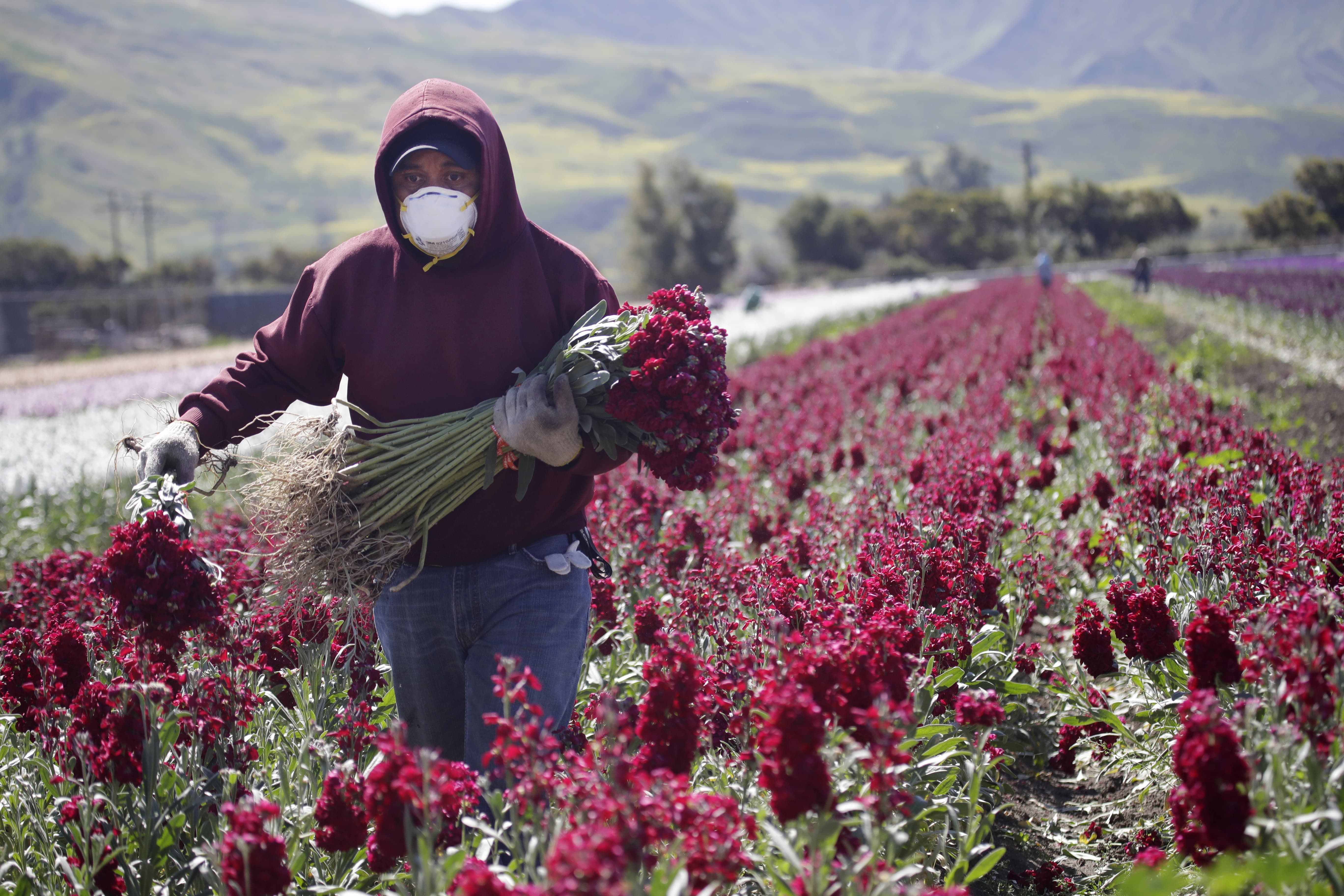What do you know about the people who picked this summer’s cherry crop?
Over the course of the pandemic, many people have grappled with remote work or faced layoffs due to social distancing orders. Farm workers, however, have continued to show up for the essential job of picking and packing some of the nation’s most valuable crops, including cherries and peaches, often while facing heightened health risks and lacking adequate protective measures from employers. Even during a pandemic, many of these workers have struggled to afford standard housing, sometimes living in groups of 15 to a room. They often lack legal permission to work in the U.S., or they depend on the controversial H-2A program. So why is it that the people most integral to our food system live under extraordinarily precarious conditions? Brooke Jarvis at The New York Times examines the political and economic factors that shape the way farm workers work, live, and move in the U.S., most of the time, sight unseen.




